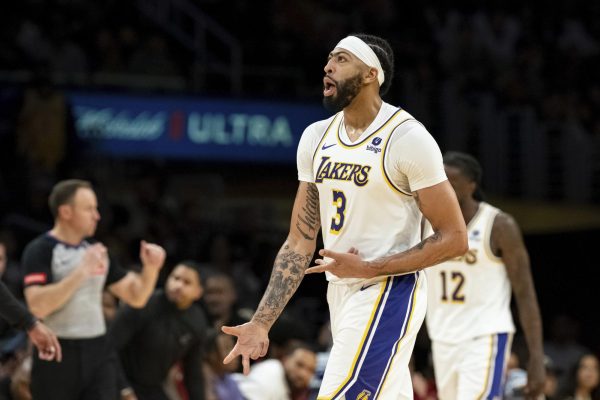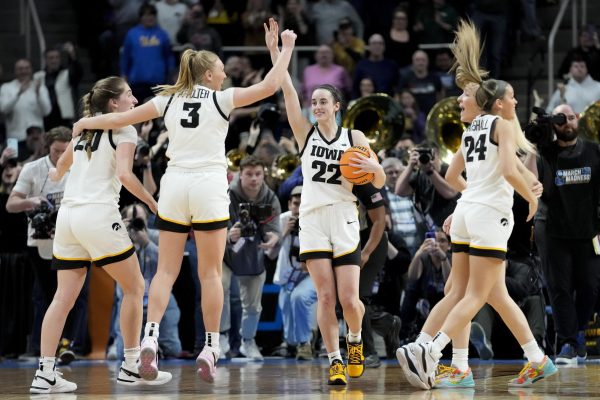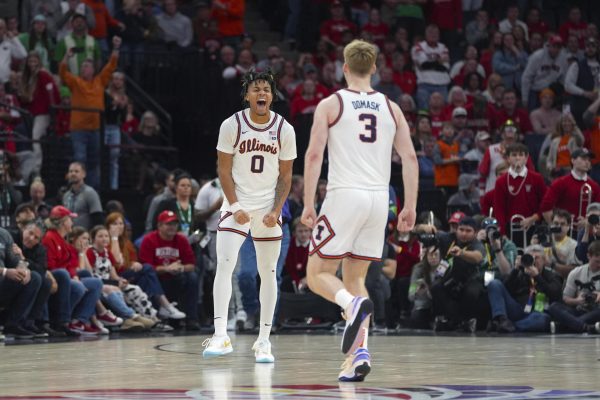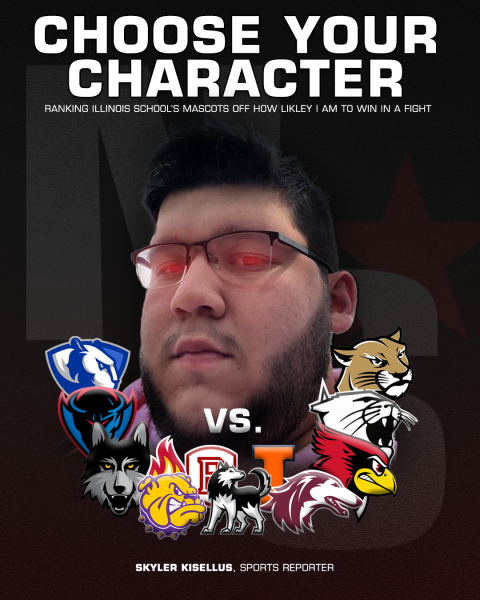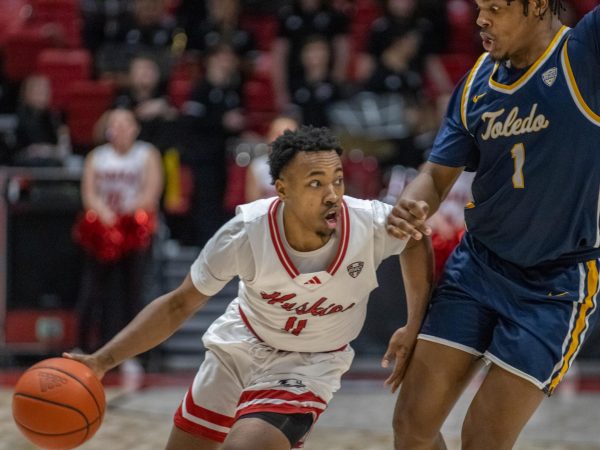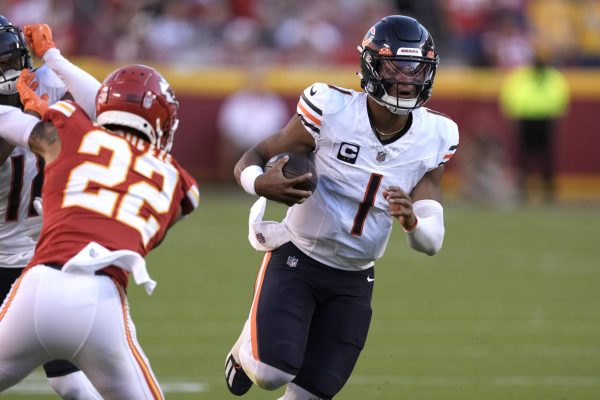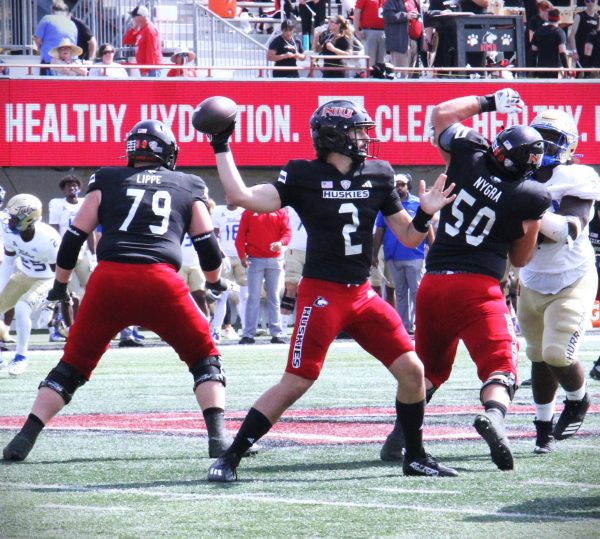Full-ride student-athlete scholarships may not be as full as they seem
June 10, 2011
DeKALB | Student-athlete scholarships are like a complicated game of fact or fiction. The fact is NCAA student-athletes receive full-ride scholarships. The fiction of scholarships is that full-ride doesn’t cover everything one might think.
NCAA members are starting to speak up about the term “full-ride,” led by the Big Ten and Southeastern Conferences.
The issue of increasing the value of athletic scholarships is far from a new development but is catching fire after Big Ten Commissioner Jim Delany breached the topic in May. The Big Ten started to discuss paying college athletes for cost of living expenses on top of their current scholarships. According to an ESPN report, the idea is backed by current NCAA president Mark Emmert.
“As a conference, we have no stance on this yet,” said MAC Commissioner Jon Steinbrecher. “We’re a long way from that point.”
For high-revenue conferences, such as the Big Ten and SEC, additional television revenue can help cover the cost. For other conferences, that isn’t necessarily the case. NIU athletic director Jeff Compher estimates the cost to be between $2,000 and $5,000 per player, which adds up to approximately $300,000 a year for football and basketball alone.
At that price, a school like NIU would not be able to afford a cost of scholarship increase, Compher said. Currently at NIU, a scholarship includes cost of tuition, fees, room, board and books.
“It would be a challenge for us financially,” Compher said. “So much of our athletic fund comes from student fees, we wouldn’t be able to do it without cutting in other areas.”
Adding to scholarships can also create issues in recruiting and commitments. Schools in the BCS already hold a recruiting advantage over NIU and mid-major schools. More money given to students would risk widening that gap, Compher said.
“There’s certainly an advantage to schools that can do it,” Compher said. “We may not get the early commitments that we normally get because they could wait to see if a Big Ten school offers them a scholarship that includes more.”
Cost and commitments aside, Steinbrecher believes it will be easy for the NCAA and the conferences to decide what they want to do with scholarship expansion, but believes operations will be the issue.
With cost of aid varying from school to school, he said he has concerns about regulating how student-athletes are given this extra aid.
“Intercollegiate athletics is a highly, highly regulated thing,” Steinbrecher said. “I mean, we count phone calls to recruits. Who makes sure that you aren’t spending above cost of aid?”
Steinbrecher said the process of discussing this issue could last up to a year or more. If passed, Compher said there are options to try to override any NCAA legislation.
Expanding aid shouldn’t be confused with paying student-athletes for their performance, Steinbrecher said. Steinbrecher and Compher also agree that a scholarship increase shouldn’t be seen as a solution to the extra benefits problem in intercollegiate athletics.
“If a student-athlete gets $15 extra for laundry or $1,000 extra on their scholarship, it won’t stop extra benefits from happening,” Steinbrecher said. “If you think this is going to stop that, and that’s the reason you’re doing this, you’re wrong.”


